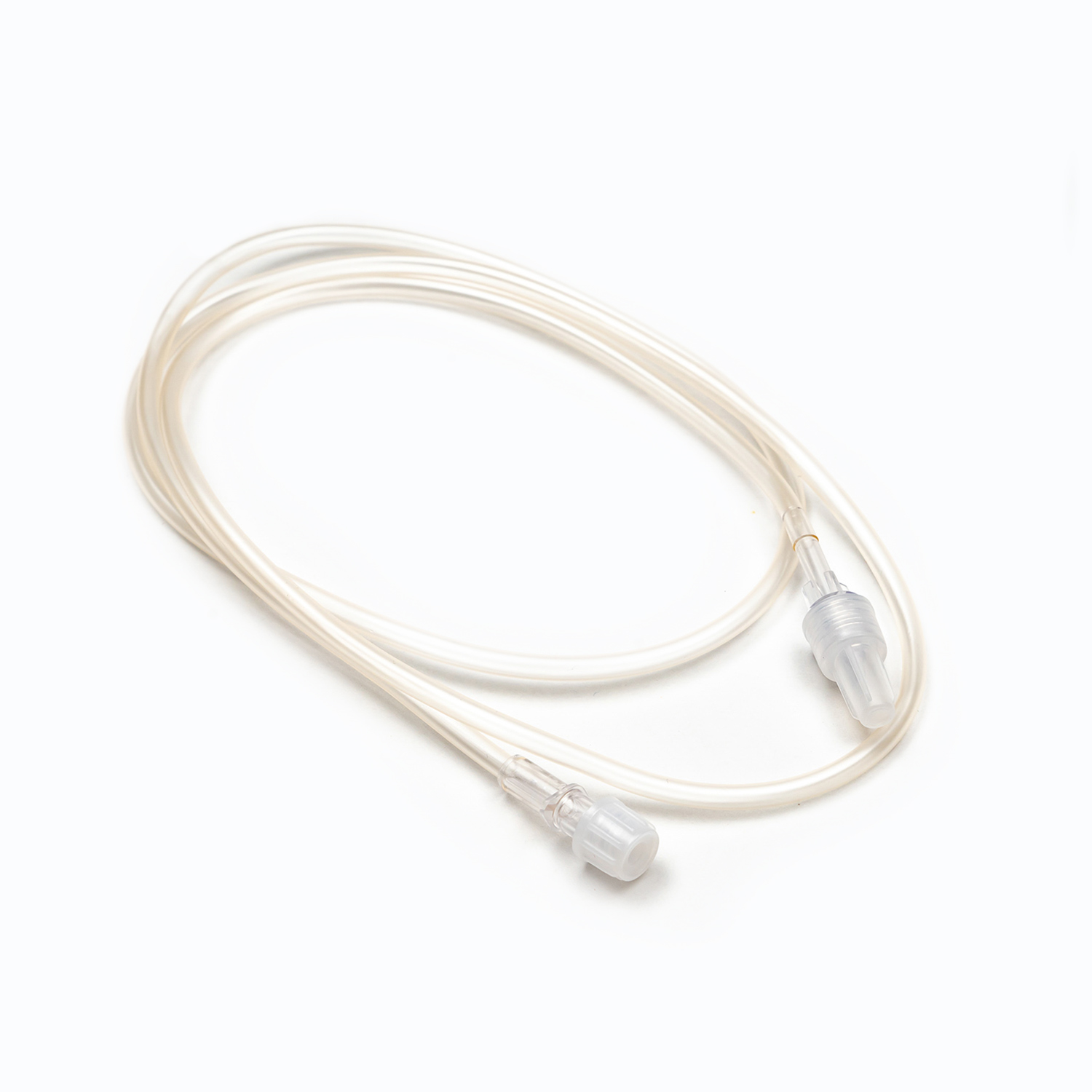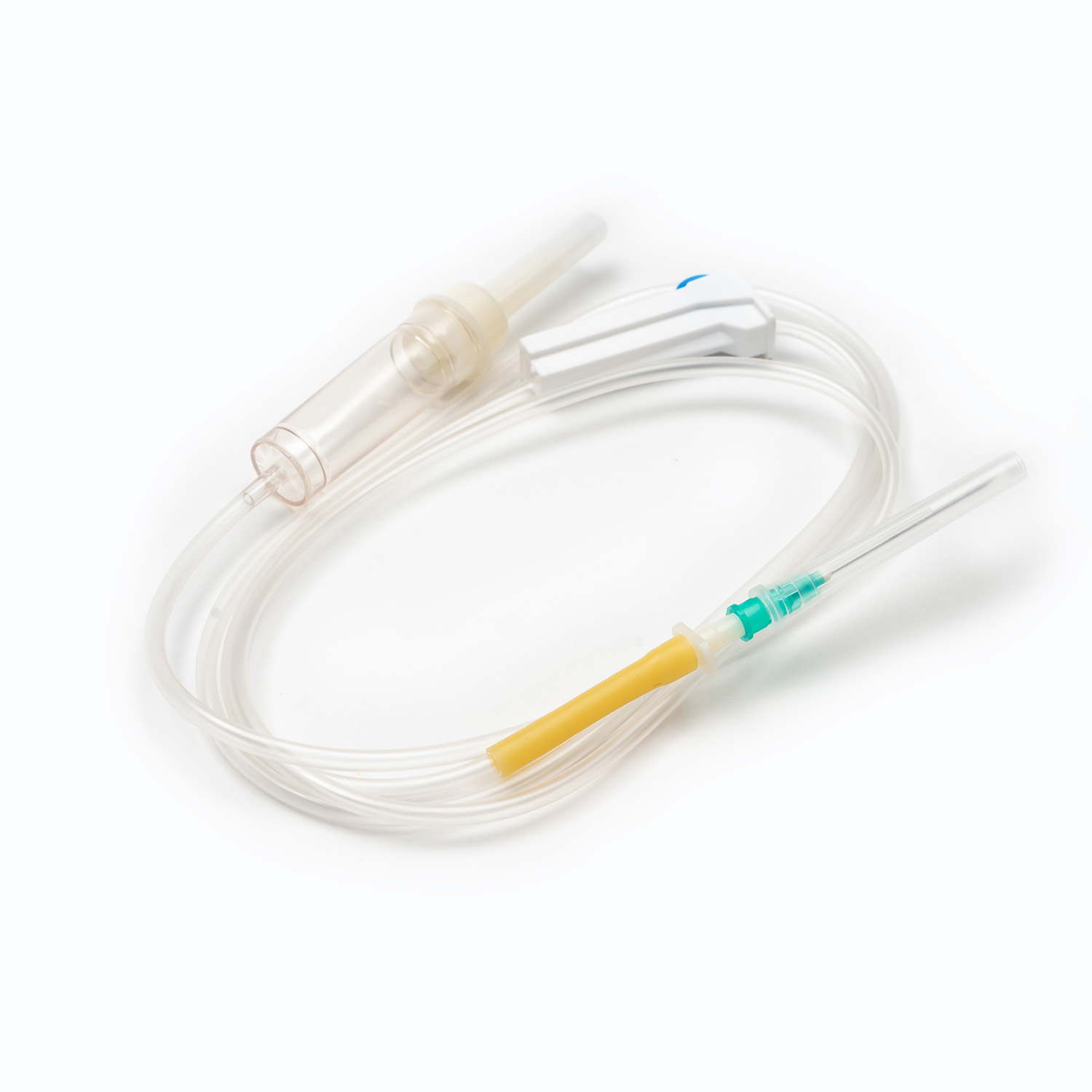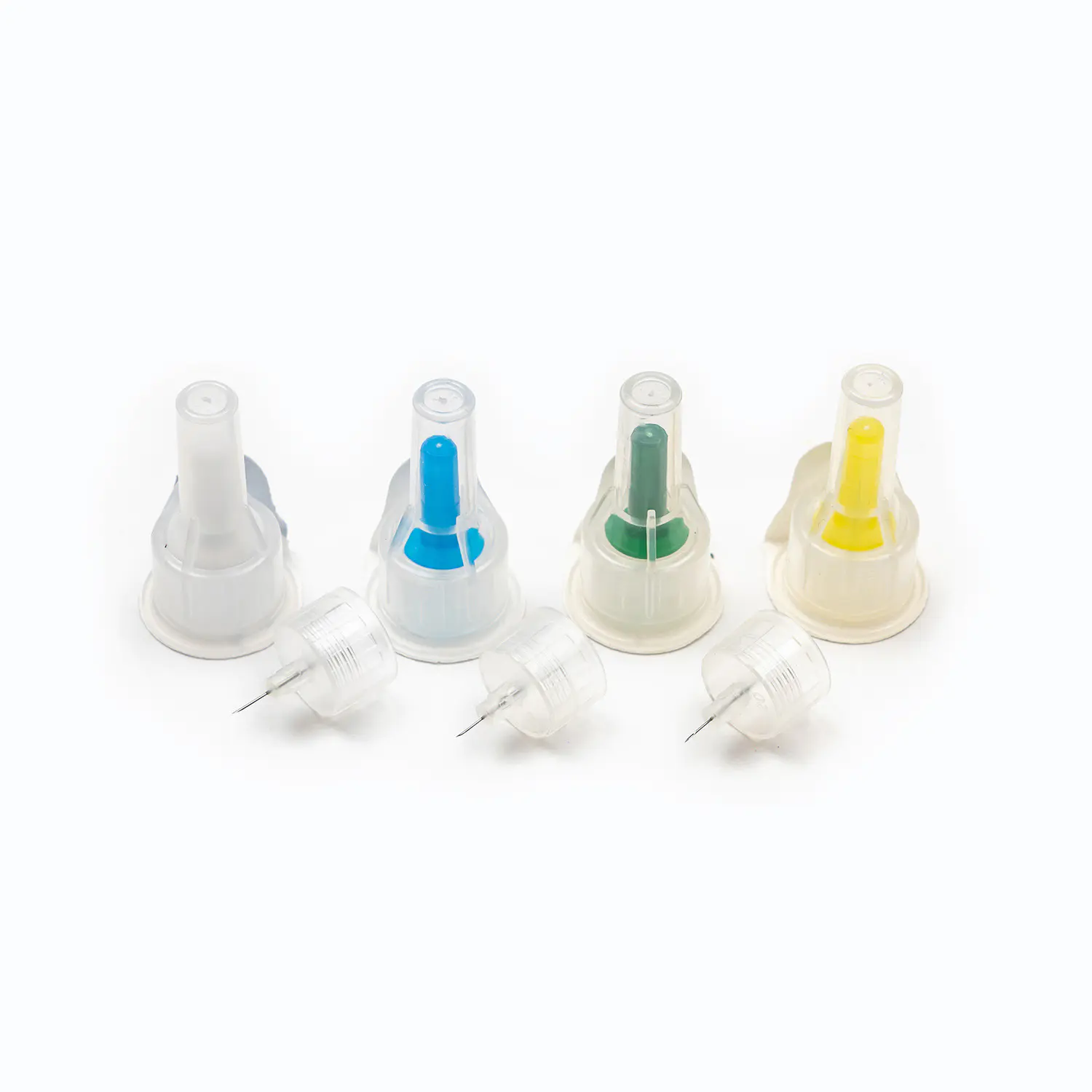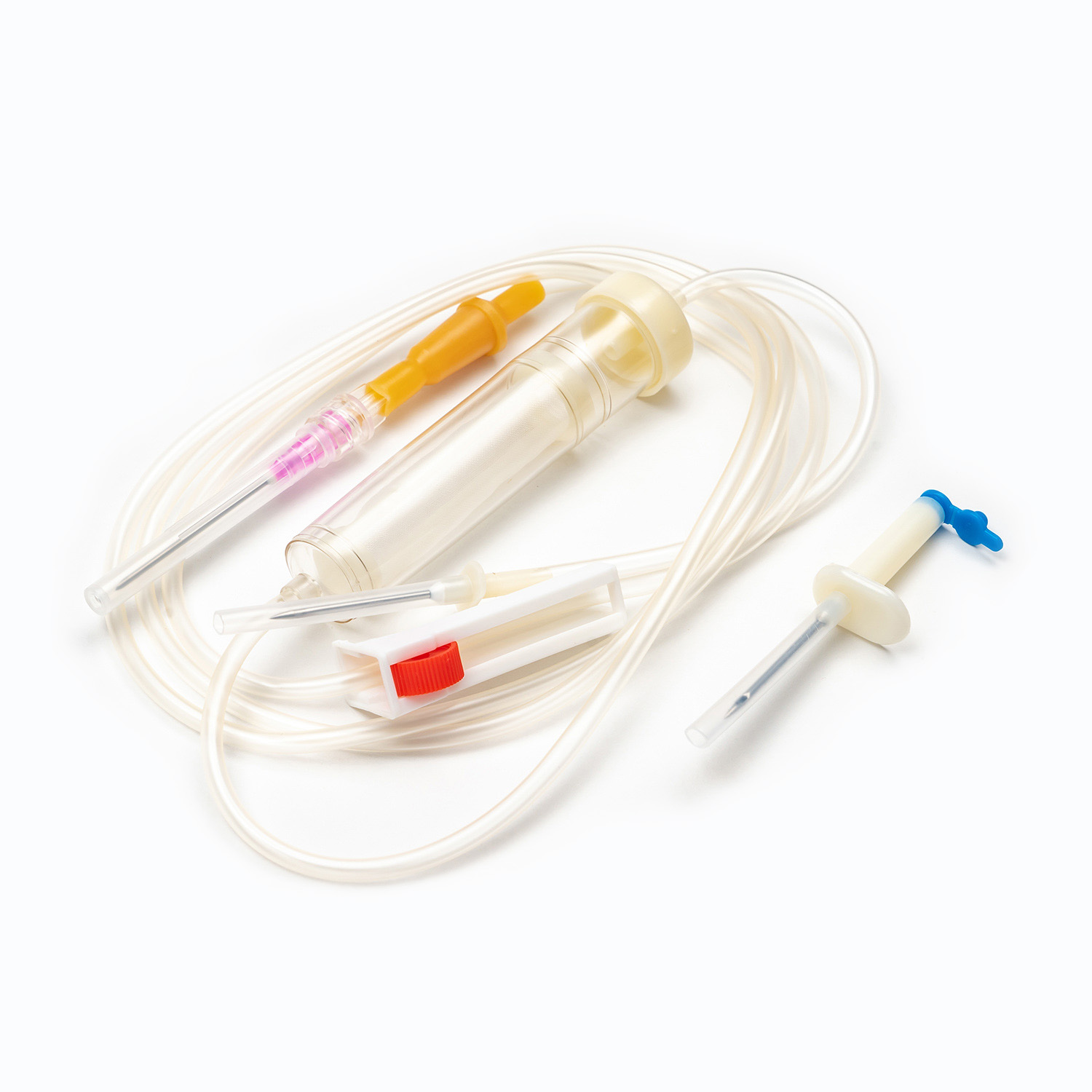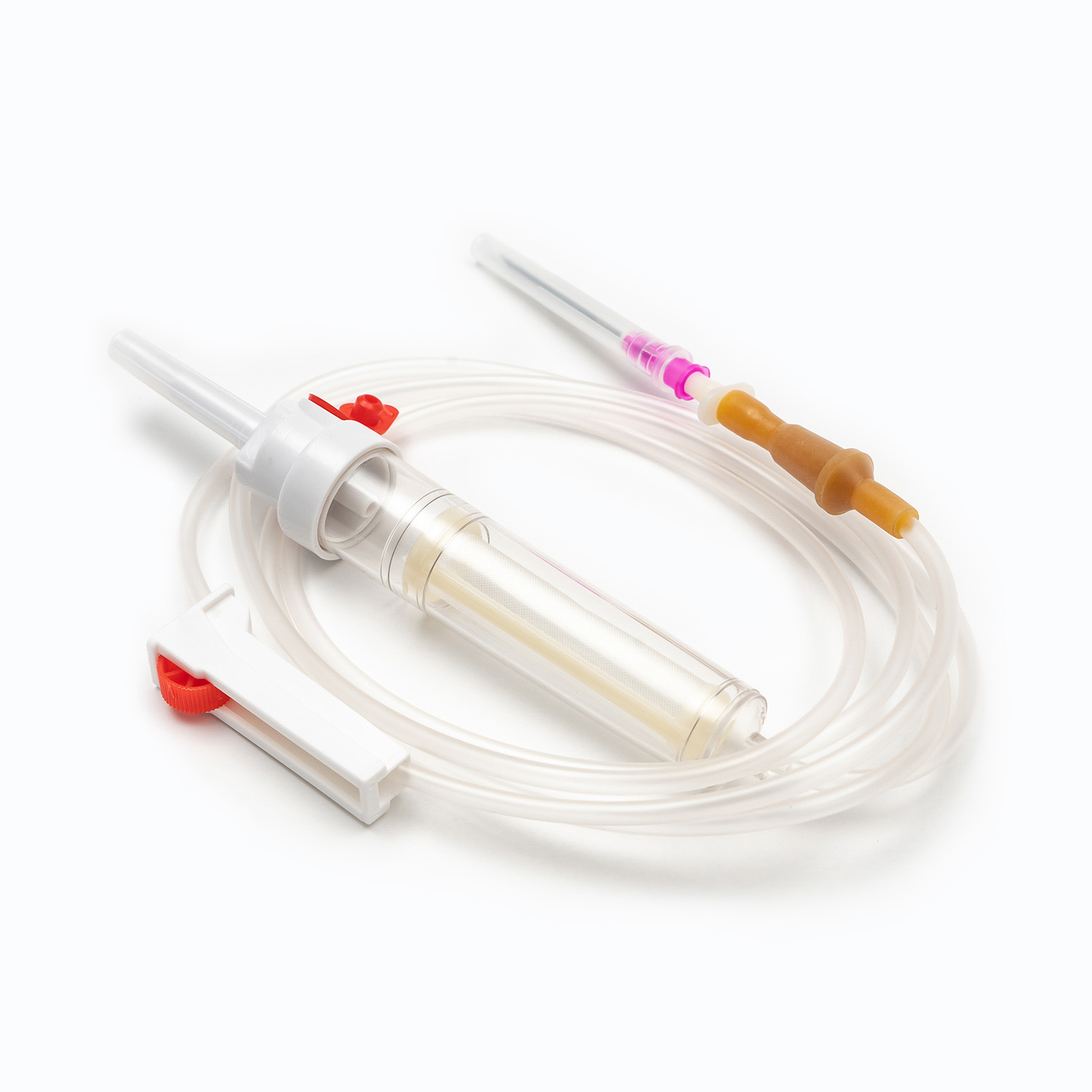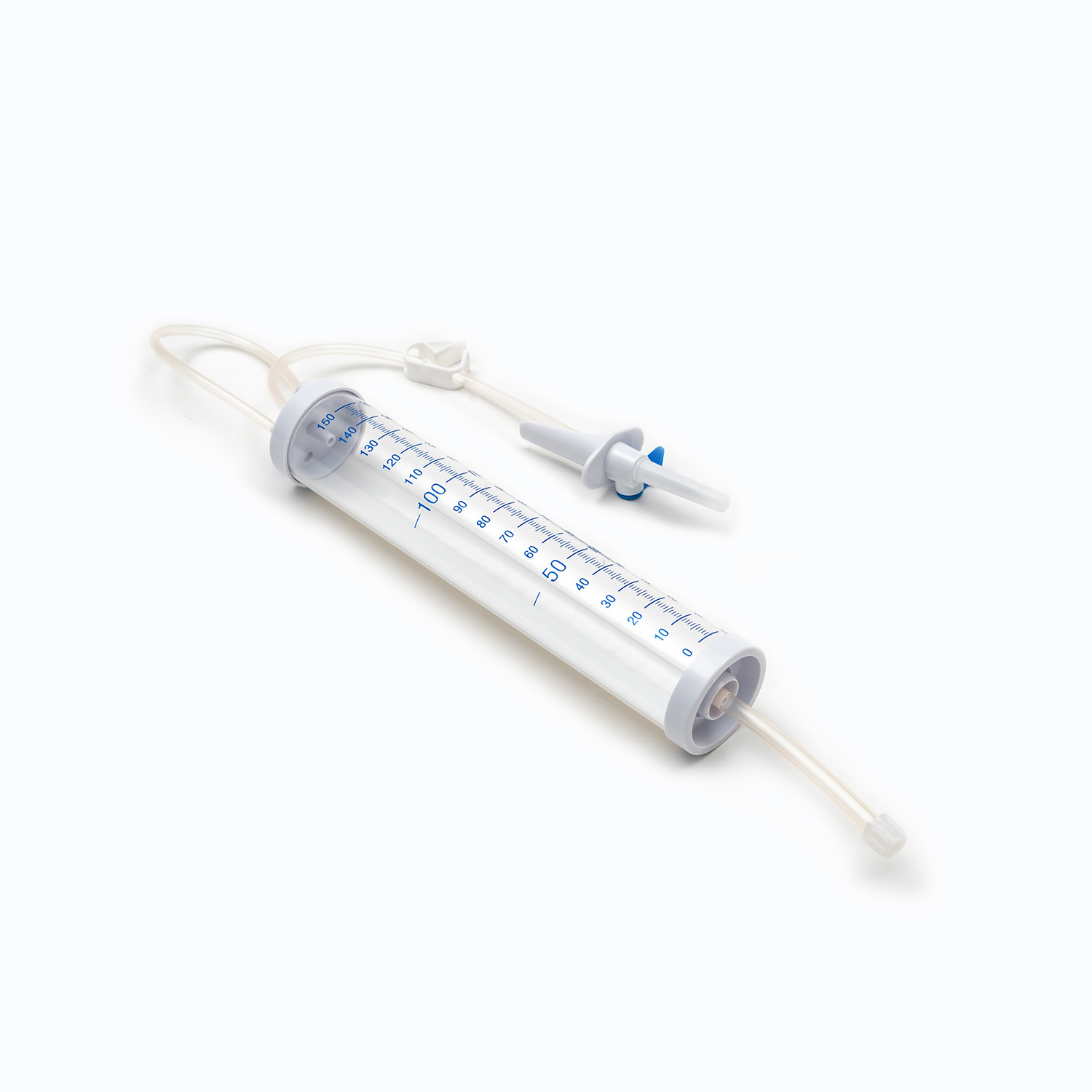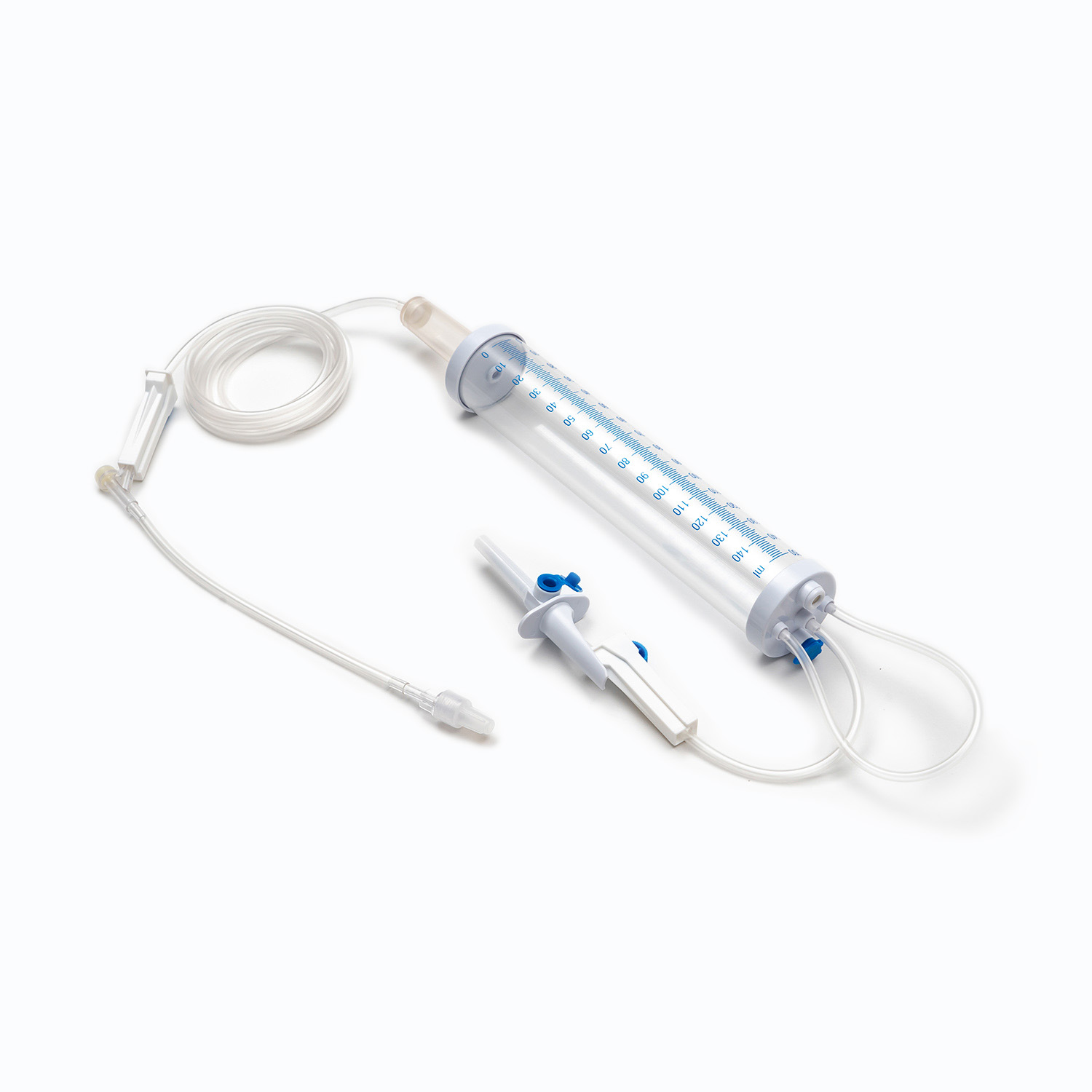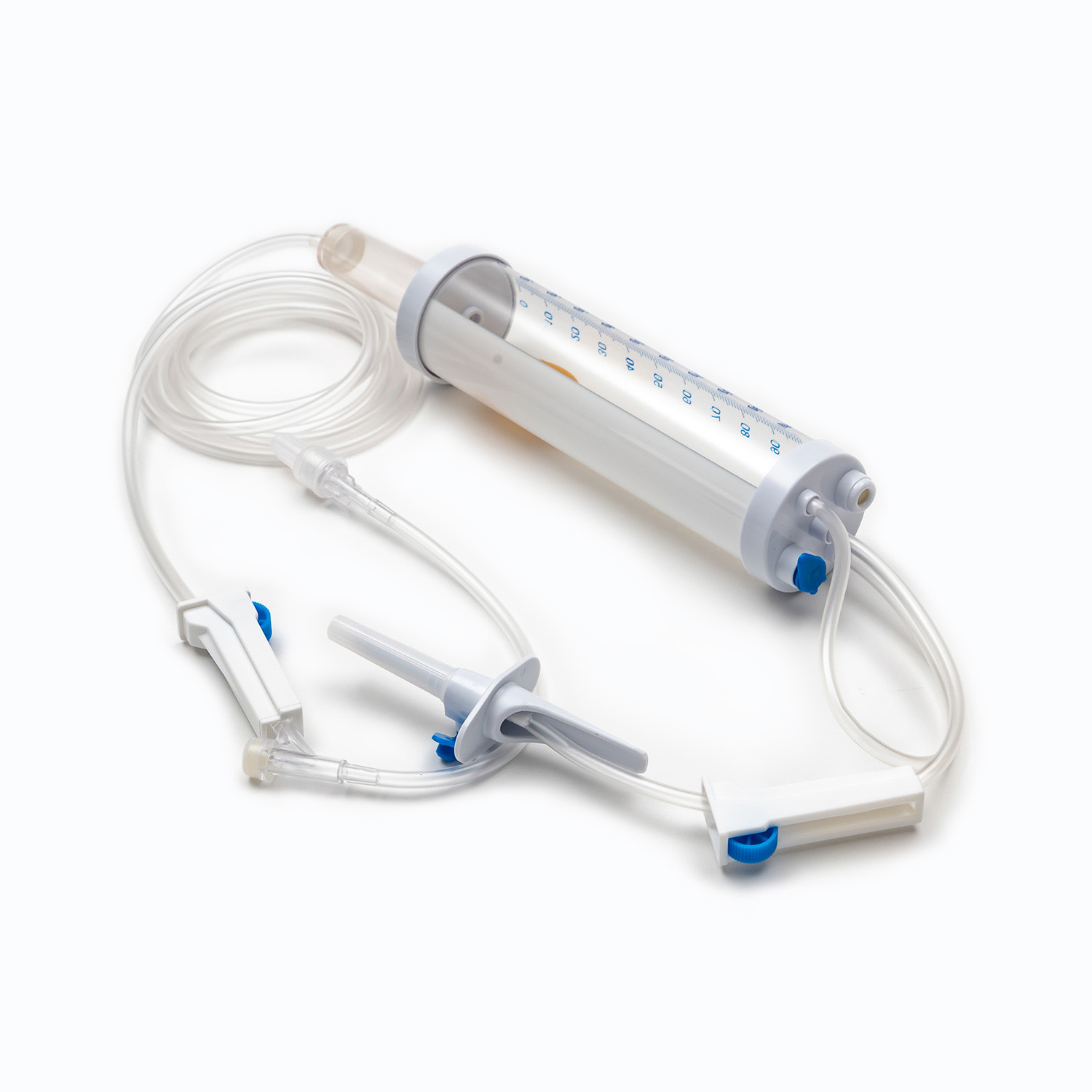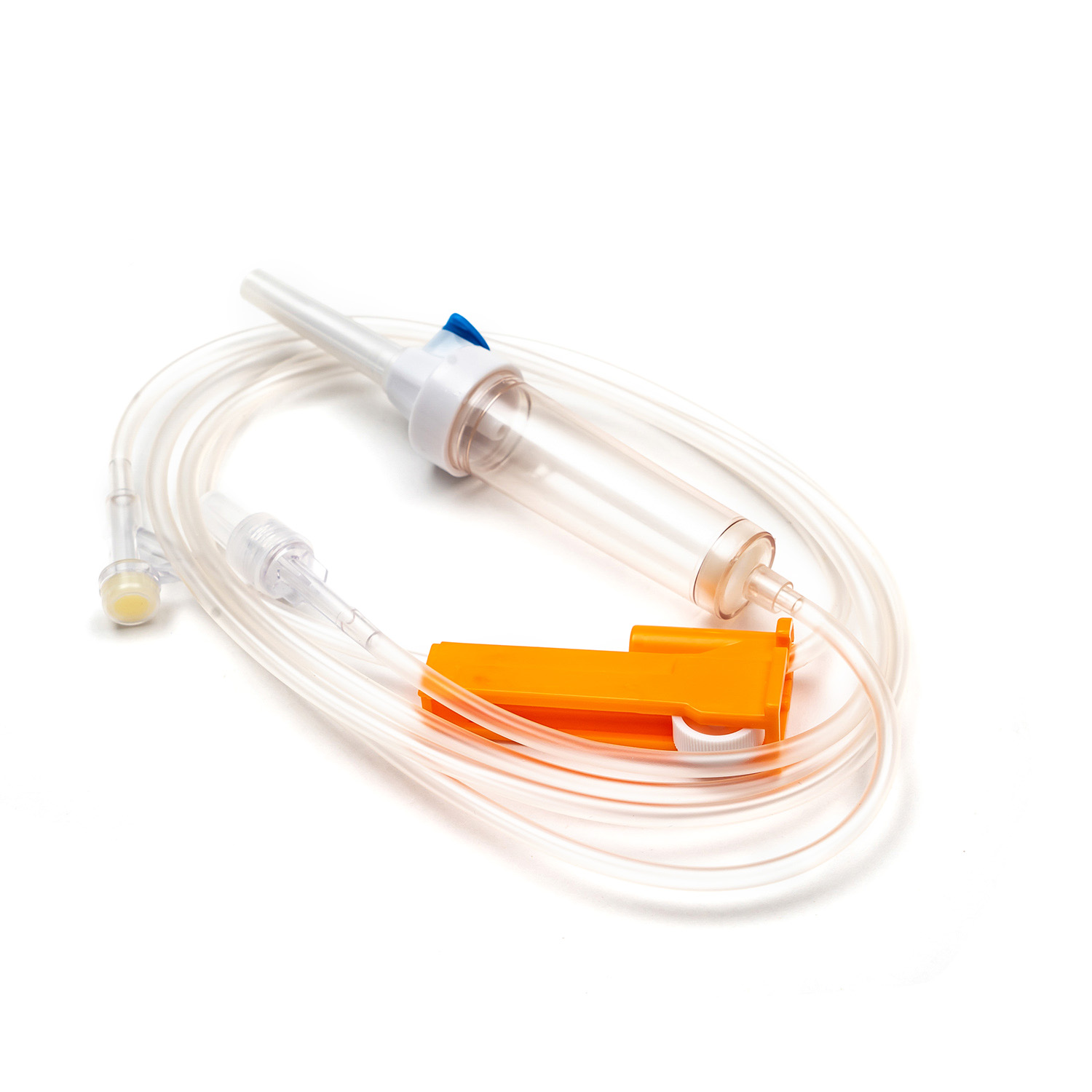Urinary Catheter: Invisible Guardian in Medical Care
May 15,2025
In modern medicine, there are many auxiliary tools that quietly protect the health and dignity of patients in corners that are not easily noticed by people.Urinary Catheter is one of the seemingly inconspicuous but significant medical devices. It is not just a small catheter, but also an important link between medical technology and human care.
The core function of Urinary Catheter is to assist patients in urination, especially for patients who cannot urinate independently due to various reasons. This may occur in a variety of clinical scenarios such as postoperative recovery, severe trauma, neurological diseases, coma, intensive care or urinary system diseases. Through the catheter, medical staff can accurately monitor the amount and nature of the patient's urine, judge the physical condition in time, and implement individualized treatment.
There are various types of Urinary Catheter. According to the length of use and different materials, it can be divided into indwelling catheters, intermittent catheters and external catheter devices. The most common is the Foley catheter, which is usually made of medical silicone or latex. It is soft and flexible and can be left in the bladder for a long time. It is designed with a small air bag. When the catheter is inserted into the bladder, the air bag is filled with water and expanded to fix the tube to prevent it from slipping.
Urinary Catheter care is a task that requires a high sense of responsibility and careful observation. Nurses need to check whether the catheter is unobstructed every day, whether there are abnormal conditions such as turbid urine, odor, and hematuria. At the same time, the catheter bag should be lower than the bladder to avoid urine reflux and infection. The replacement of the catheter bag must also strictly follow the process, and the catheter should be replaced regularly to prevent stone formation or catheter blockage.
Modern medical concepts pay more attention to the comfort and dignity of patients. In the catheterization operation, medical staff should pay more attention to the psychological feelings of patients in addition to paying attention to the specifications of technical operations. The catheterization process may cause shame, anxiety and even fear, especially for patients who are conscious but need to have a long-term indwelling catheter. Therefore, timely communication, explanation of the necessity of catheterization, and respect and understanding for patients are important aspects of improving nursing quality.
The progress of medicine is not only a breakthrough in high-tech, but also reflected in the continuous optimization and deepening of basic nursing methods. Although the urinary catheter is a thin catheter, it plays an irreplaceable role in the recovery of thousands of patients. In the front line of clinical practice, it guards every patient in need of help in a low-key but firm manner, becoming a truly invisible guardian.



 English
English Français
Français русский
русский Español
Español
